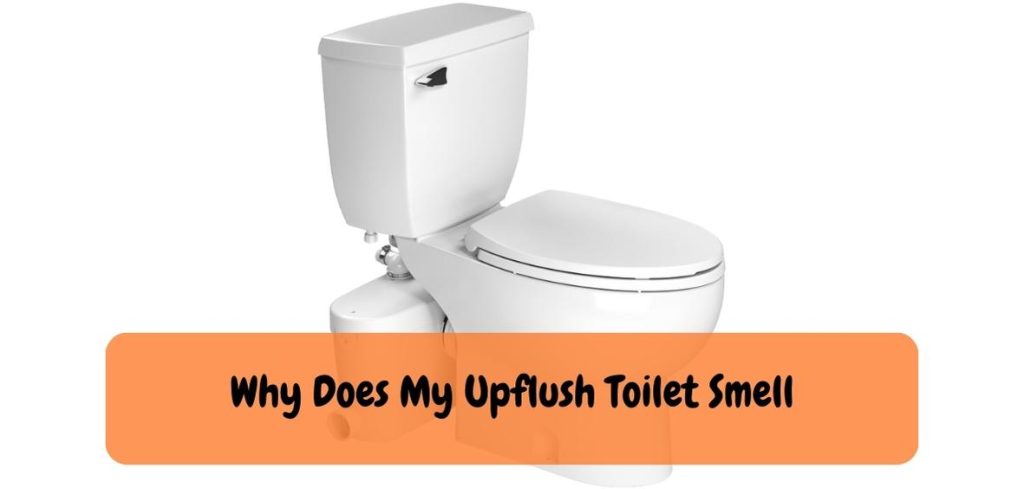Upflush toilets, also known as macerating toilets, are becoming increasingly popular due to their unique waste disposal system. Unlike traditional toilets, upflush toilets use a macerating pump to break down solid waste into fine particles, making it easier to transport through the plumbing system. However, like any toilet, upflush toilets can become clogged over time, leading to frustrating and unpleasant issues. Plunging a clogged toilet is a common and effective way to clear the blockage, but can it be done with an upflush toilet? In this article, we will explore whether or not it is safe and effective to plunge an upflush toilet, and provide some tips for preventing and addressing clogs in your upflush toilet.
How to Plunge a Upflush Toilet?
Plunging an upflush toilet, also known as a macerating toilet, can be slightly different than plunging a traditional toilet. Here are the steps to effectively plunge a clogged upflush toilet:
- Put on protective gloves and eye goggles to prevent any debris or water from splashing on you.
- Remove as much water from the toilet bowl as possible using a cup or bowl. You may need to do this multiple times if the bowl refills with water.
- Place the plunger over the opening in the toilet bowl and push down firmly to create suction.
- Pull up on the plunger to create a vacuum and then repeat the process several times until the clog is dislodged.
- If the clog is still not cleared, try using a toilet auger or snake to further break up the blockage.
- Once the clog is cleared, flush the toilet and run water to ensure that it is draining properly.
It is important to note that plunging should be done with caution and care to avoid damaging the macerator pump and plumbing system. Additionally, to prevent clogs in the future, only flush human waste and toilet paper in the upflush toilet and avoid flushing non-biodegradable items such as baby wipes or feminine hygiene products.
Why Does My Upflush Toilet Smell

If you’ve ever had an upflush toilet, you know that they can be a real lifesaver in terms of space and efficiency. However, one downside to these types of toilets is that they can sometimes emit an unpleasant smell. There are a few different reasons why this may happen, and fortunately there are also a few things you can do to fix the problem.
One common reason for an upflush toilet to start smelling bad is that the P-trap has dried out. The P-trap is what holds water in the bowl and prevents sewer gases from coming back up through the drain. If it dries out, those gases can escape and make your bathroom smell like a sewer.
To fix this, simply pour some water into the bowl until the P-trap is full again. Another potential cause of an upflush toilet smell is a blockage in the Vent Stack. The vent stack helps release pressure build-up in the sewer line so that wastewater can flow freely.
If it becomes blocked, gasses can get trapped and eventually make their way into your bathroom via the toilet bowl. You’ll need to call a professional to clear a blockage in the vent stack. Finally, if your upflush toilet has been working fine but suddenly starts emitting an odor, it could be due to a clog in the actual sewage line.
Can You Use a Plunger on a Saniflo?

Yes, you can use a plunger on a Saniflo. The best way to do this is to first remove the cap from the top of the unit and then insert the plunger into the opening. Next, push and pull the plunger up and down vigorously for several minutes.
Finally, replace the cap and flush the toilet to check if the clog has been removed.
How to unblock a toilet macerator saniflo that won’t flush. Grundfos Sololift2.
Conclusion
If you live in a home with a septic tank, then you know that there are certain things you cannot flush down the toilet. However, what if your toilet is not connected to a septic tank? Can you still plunge it?
The answer is yes! You can use a plunger on an upflush toilet just like any other toilet. The only difference is that you may need to use a little more force to get the job done.
If your upflush toilet is having problems, then the first thing you should do is check the traps. These are located at the bottom of the bowl and can become clogged over time. If the traps are clear, then you can try plunging the toilet.
Start by wetting the plunger and placing it over the drain hole. Make sure that there is enough water in the bowl to cover the plunger. Then, push and pull the plunger up and down until you feel resistance.
This usually takes a few minutes of continuous plunging before the clog will start to break up. Once the clog has been removed, flush the toilet several times to remove any remaining debris. If your toilet continues to have problems, then it may be time to call a plumber.
